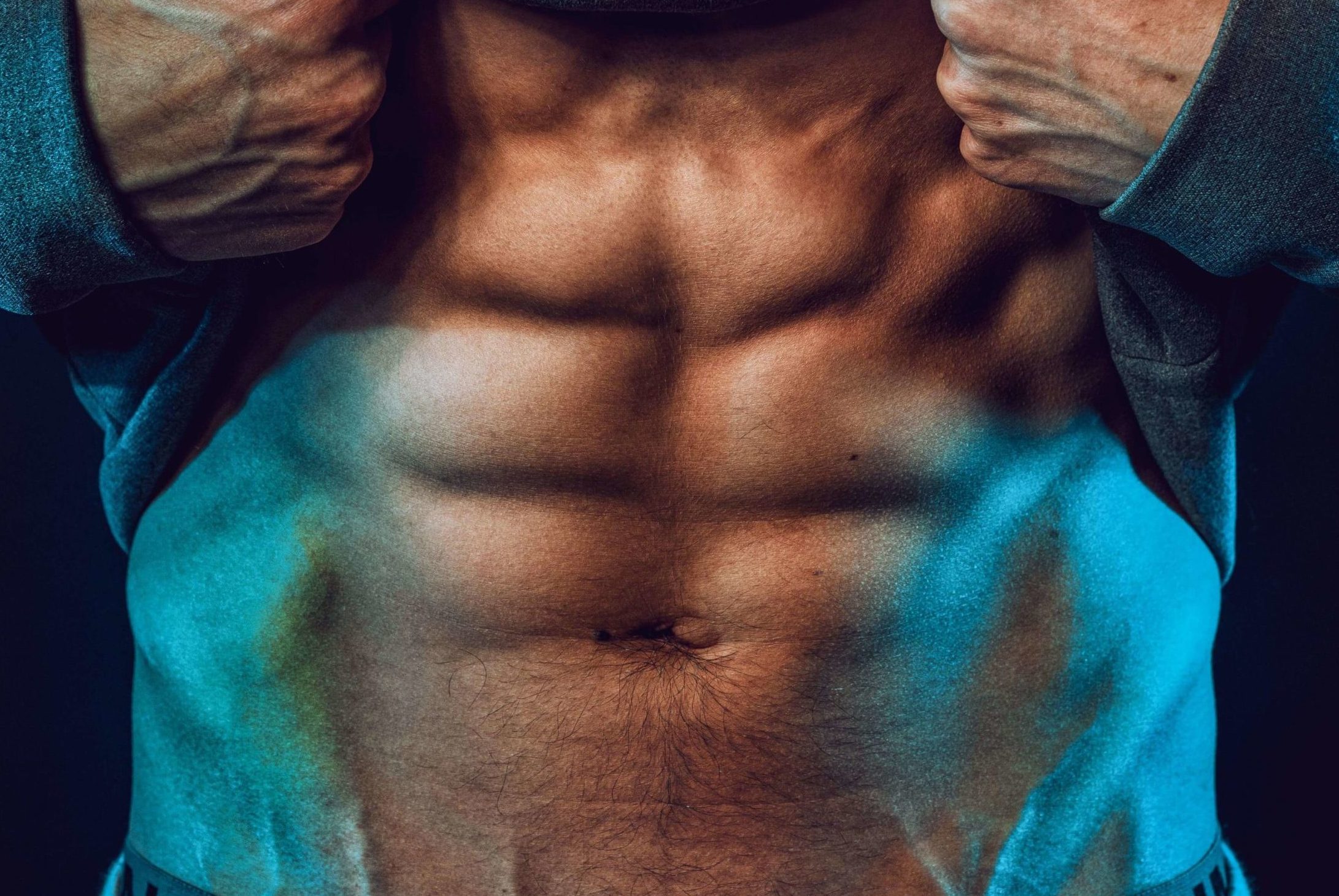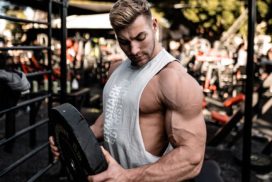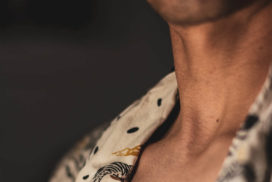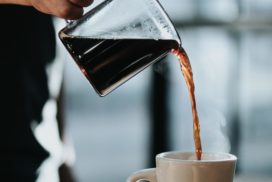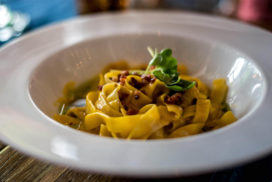It is good to be able to calculate your body fat percentage. Knowing your body fat percentage is beneficial for several reasons. The primary reason is to be able to track your progress and compare your amount of body fat to your levels before cutting or bulking. Another reason is to see if you are within a general healthy range for body fat percentage and how much muscle mass you have.
When cutting, weight can be a good tool to track progress but it doesn’t account for how muscle mass you’re losing vs how much fat you’re losing. By tracking your body fat percentage over time intervals of 2-4 weeks, you will get a better idea of wether or not you’re successfully cutting and losing fat or if you are losing both fat and muscle and need to change your training and diet.
All Measurements
There are many different ways to calculate body fat percentage. Some of the different methods are dexa scans, a bod pod, hydrostatic weighing, bioelectric impedance, skinfold measurements, and body measurements.
The most expensive methods of measuring body fat percentage are doing dexa scans and bioelectric impedance. The most accurate methods are dexa scans and bod pods. The most available methods are skinfold measurements and body measurements. The most inexpensive methods are also skinfold measurements and body measurements.
The following is a table which outlines the cost, effectiveness, and drawbacks of all the ways of measuring body fat percentage. There are a few other methods in addition to these but these are the most available, widely used, and accurate methods. This table is in no particular order.
| Type of Measurement | Cost | Effectiveness | Drawbacks |
| Dexa Scan | $100-300 | Most accurate | Cost |
| Bod Pod | $40-80 | Highly accurate | Cost and availability |
| Hydrostatic weighing | $40-60 | Somewhat accurate | Cost, Accuracy, and availability |
| Bioelectric impedance | $100-300 | Not very accurate | Cost, Accuracy, and availability |
| Skinfold Measurement | $0-200 | Somewhat accurate | Accuracy |
| Body measurement | $0 | Not very accurate | Accuracy |
Skinfold Measurements
One of the easiest and most cost-efficient methods of calculating body fat percentages is to do skinfold measurements.
Skinfold measurements can be done with skinfold calipers or with measuring tape. Both of these ways to measure skinfolds are doing the same thing but the calipers are going to be more accurate because they are designed for precise readings.
Skinfold calipers can cost anywhere from $10-200 since they range in quality. A cheap one will give a more accurate measurement than measuring tape but a less accurate measurement than one that is more precise.
The job of a skinfold caliper can be done somewhat accurately with measuring tape or even a ruler. The drawback is that you will be trusting your own eye for the measurements and the measuring won’t be automated by a pinching tool.
To do a skinfold measurement with a ruler or measuring tape, pinch the skin in 3-4 areas of your body (lower outer chest, thigh, and bottom right or left of abs) then measure the amount of skin in length. After taking these measurements, find an online calculator, such as this one, and you will be given a body fat percentage from these readings.
If you are using a skinfold caliper, do the same thing but pinch the skin with the tool and it will either give you a reading digitally or you will be able to look at the physical measurement on the tool itself.
Body Measurements
Along with skinfold measurements, body measurements are another at-home, convenient, and cost-efficient method for measuring body fat percentage. This method is the official way of measuring body fat in the military. The drawback with this method of calculating body fat is that it is not very accurate.
To do body measurements you will need a tape measure. The measurements that are going to be taken, if you are a guy, are the circumference of your waist (fattest part), wrist, hips, and forearms. You will additionally need to know your weight. Once you have these values, use an online calculator such as this one to find an estimate of your body fat percentage.
The body fat percentage from this method is not going to be exact and can be referenced with a skinfold measurement to make sure that it is not too off. This measurement will give you an approximation that will still be of use when comparing your body fat percentage over longer periods of time.
Summary
It is important to be able to calculate body fat percentage effectively. Tracking your weight on a scale is not the most optimal way of measuring progress and by knowing the changes in your body fat levels, you will be better able to make educated decisions on dieting and training to reach your fitness goals.
The most common and available ways of measuring body fat percentages are dexa scans, bod pods, hydrostatic weighing, bioelectric impedances, skinfold measurements, and body measurements. I recommend to do the skinfold measurements and body measurements because they are easy and cheap and will be able to serve as metrics of fat loss even if they aren’t as exact as a dexa scan might be.
Skinfold measurements and body measurements should be compared with each other to see if one of them is significantly higher or lower than the other, if not they are probably giving a relatively close body fat percentage value.
For more on training, such as how to stay motivated to workout at home and the impact of cold water on muscle recovery, click here.

